Experiments for children allow you to open and explore various phenomena in the environment. They can be carried out with flowers, air, water and many other elements. Older children who have already well developed attention and observation, of course, also love experiments with fire.
About the benefits of home research
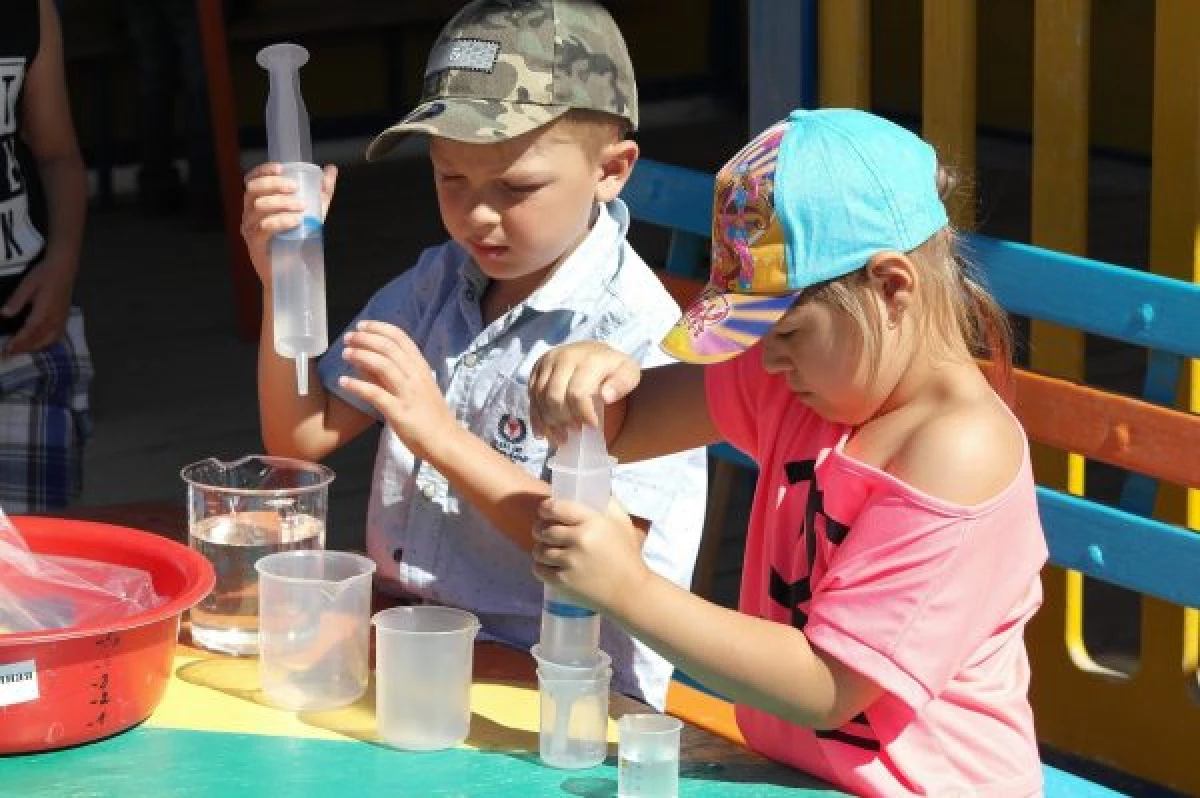
Boys and girls are very curious and always want to learn something new. Experiments for children are a great way to convey knowledge in a fascinating game form. Another excellent way to diversify family leisure.
Through experiments, children become small researchers. They want to know the world by all the senses - no matter, kindergartens or schoolchildren. Children love to ask why in the world there is something or that, as well as observe and check hypotheses. In addition to a special learning effect, it is necessary to emphasize the experimentation with pleasure. Because the knowledge gained in the game form will remain with the child for a long time.
Of course, parents must adapt the experiment to the appropriate age. For kindergartens, research is suitable, which take place without much effort and besides harmless. Experiments with water, air and fire are ideal for studying in elementary school. And electricity, light or magnets are also good for older babies. Experiments can be carried out in kindergarten, school or at home.
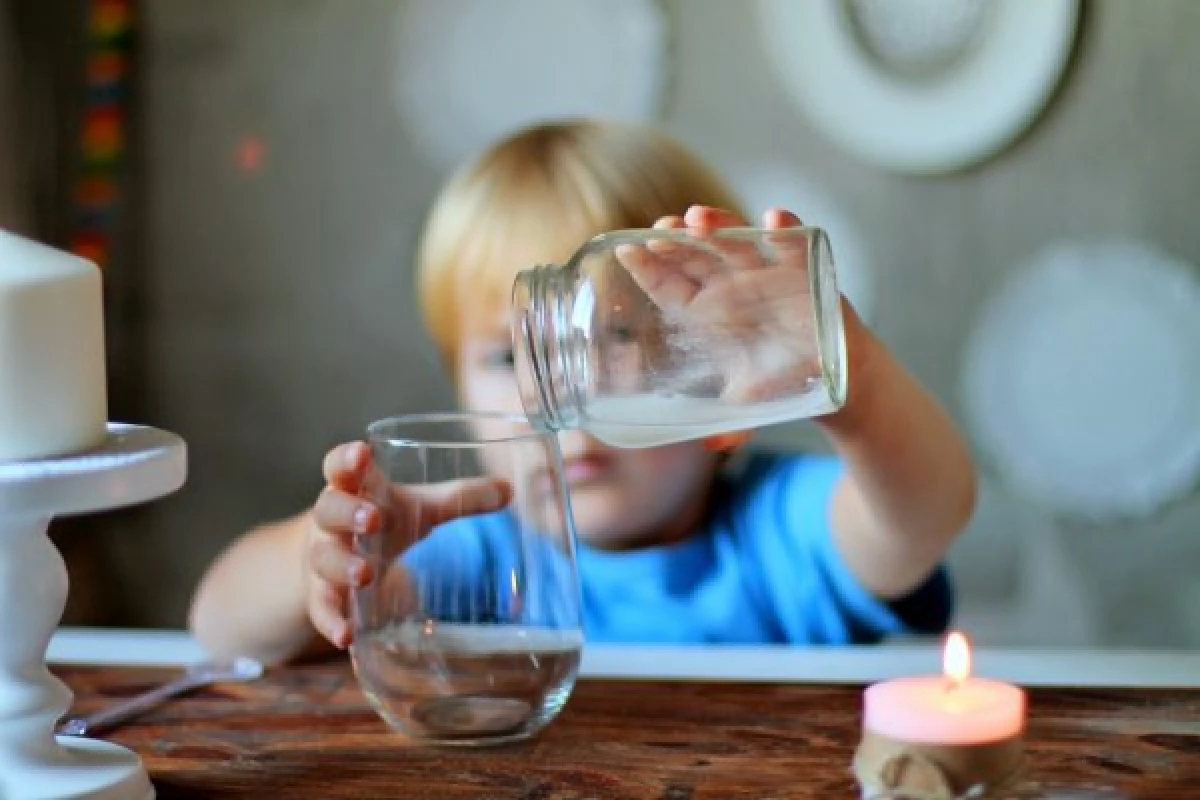
See also: Arrangement of a children's room for two and three children: general principles and useful tips
There are many interesting options that can be conducted independently. For most of them, you will need only those materials that in most cases will be in the household. Only for some experiments will have to buy additional material.
Tip: In order for experiments to be especially interesting for children, you can propose in advance to participate in action. For example, give the opportunity to guess what can happen during the study. Let try to predict the result. So the process will become even more fascinating.Experiments with water
There are many different experiments with water. For them, very few materials are usually required. The following two studies with water are suitable for children from about four years.
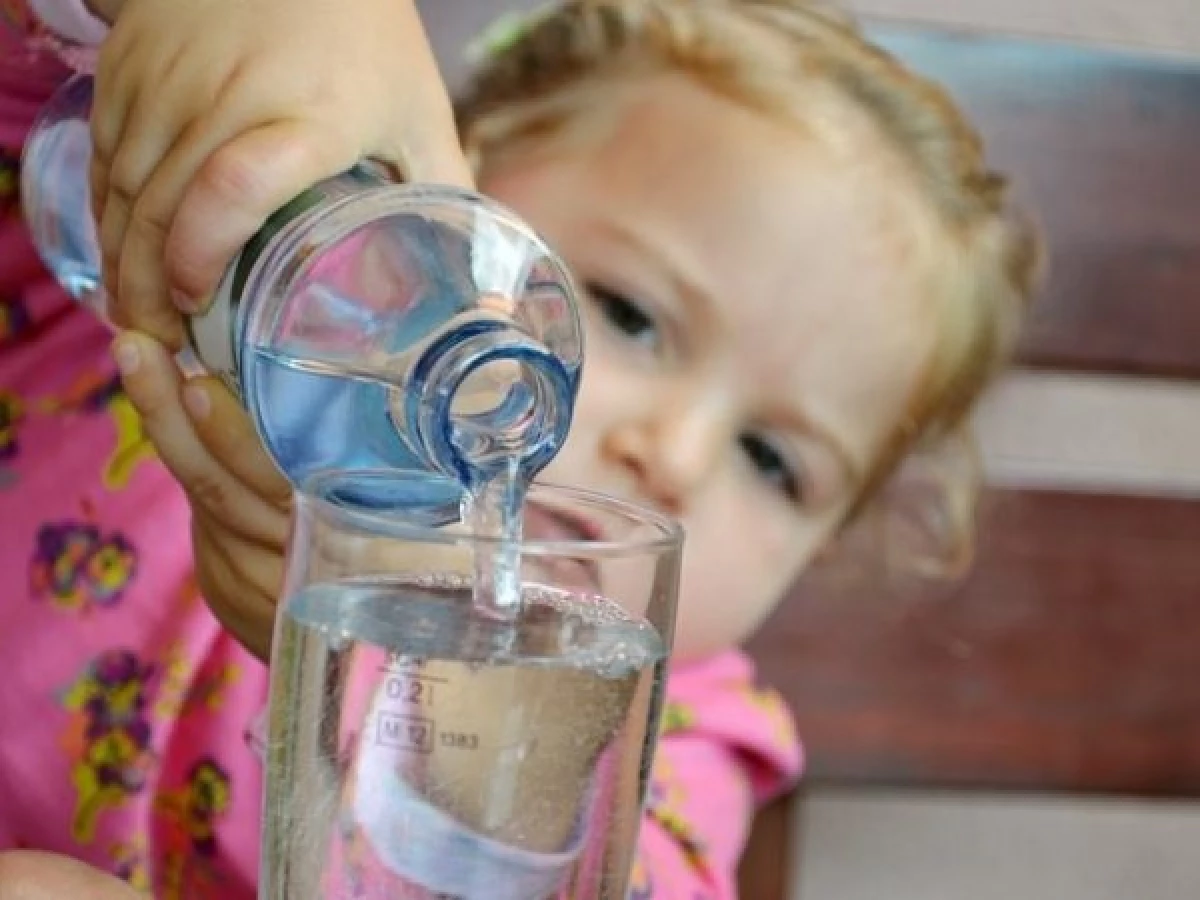
For the first experiment you will need:
- glass;
- water;
- A piece of cardboard.
Fill a glass with water. How many water in it, does not matter. Now put a piece of cardboard on a glass, closing the neck. And turn the capacitance, holding the paper by hand. Then you can release the cardboard. Contrary to expectations, water does not pour out of the glass, because the sheet sticks to the neck, preventing it.
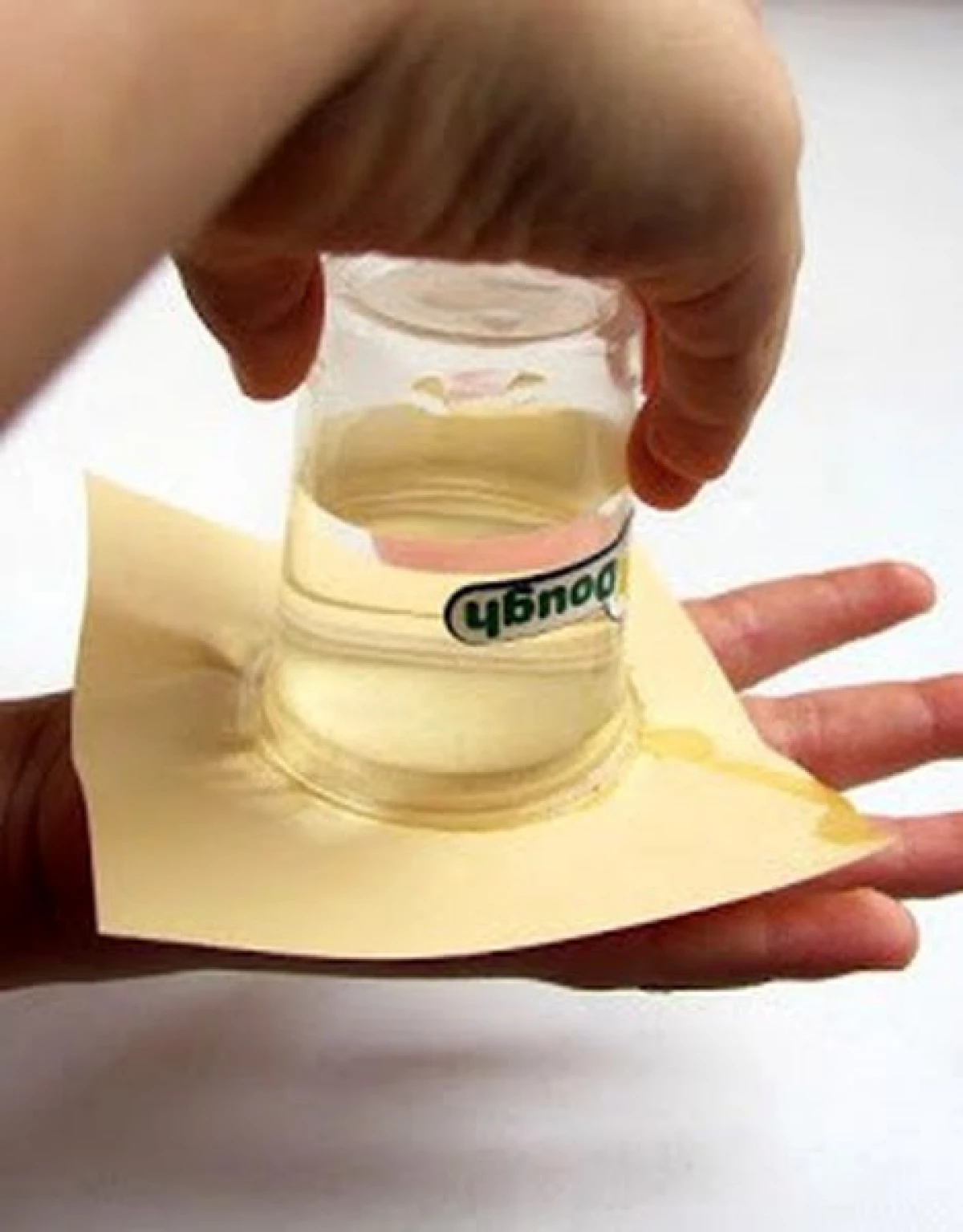
Children learn something new about the pressure of the air with the help of this fascinating and very simple experiment. Since the glass is less negative pressure than in the environment, a small vacuum is created. Pressure outside is stronger, so the cardboard is pressed against the glass and prevents water flowing.
For the second experiment you will need:
- two glasses;
- water;
- salt.
First fill both glasses with water. Then pour into one of them enough salt to close the bottom. Then put both glasses in the freezer for several hours.

Interesting: Computer games for children: what, how many and from what age
And after this time, children will be amazed: in one water frozen to the state of the ice, and in the water-salt - no. But, if you sprinkle the ice with salt, it melts.
On each layer of ice there is always a thin layer of water, because the pressure of the air causes the ice to melt. If we salute, this layer can no longer freeze. Air pressure goes deeper, which means that the ice is becoming more liquid.
This experiment is also associated with everyday life. To free the roads from ice in winter, the communal service sprinkles their salt. But you need to be careful: even salted water freezes from -21.6 degrees.
Experiments in physics
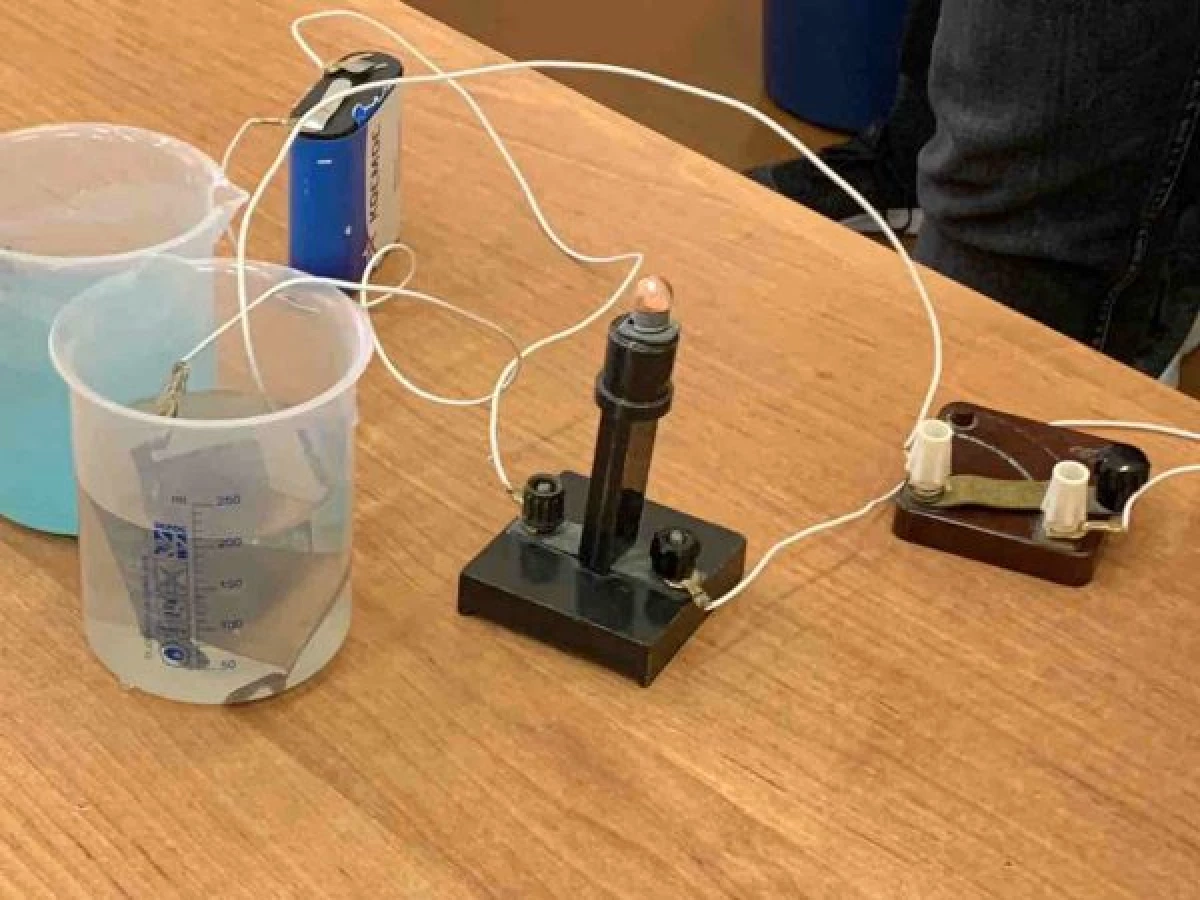
Many believe that physical experiments are suitable only for older children. But the topic is so extensive that it will be interesting even for kindergartens. However, the second experiment is a bit more complicated and therefore it is better to spend it with older children.
For the first experiment you will need:
- bank with a lid;
- water;
- coin.
First you need to put the jar on the coin. Then fill it with water to the edges. As soon as the lid is put on the bank, the children stop seeing the coin. But how does she just disappear?

See also: Jenga - a fascinating game for the whole family: the benefit for the development of children
Water is an obstacle for light. The coin reflects the light rays so that they are no longer visible on the side. Since the coin will still be visible from above, the cover is used.
The second experiment is to make a battery.
To do this, you will need:
- potato;
- Wooden shockts for kebab;
- knife;
- Light-emitting diode;
- Two cables with crocodile clamps;
- Four corner copper disks with a hole;
- Four zinc discs.
A knife cut the pre-washed and dried potatoes into four slicks of the same thickness. Then, using a shrinking for kebabs, do a hole in the middle of potatoes pieces. Now everyone rinse on a skeleton in the following order: Copper washer, potatoes, zinc washer, copper washer, potatoes, zinc washer, copper washer, potatoes, zinc washer, copper washer, potatoes, zinc washer.
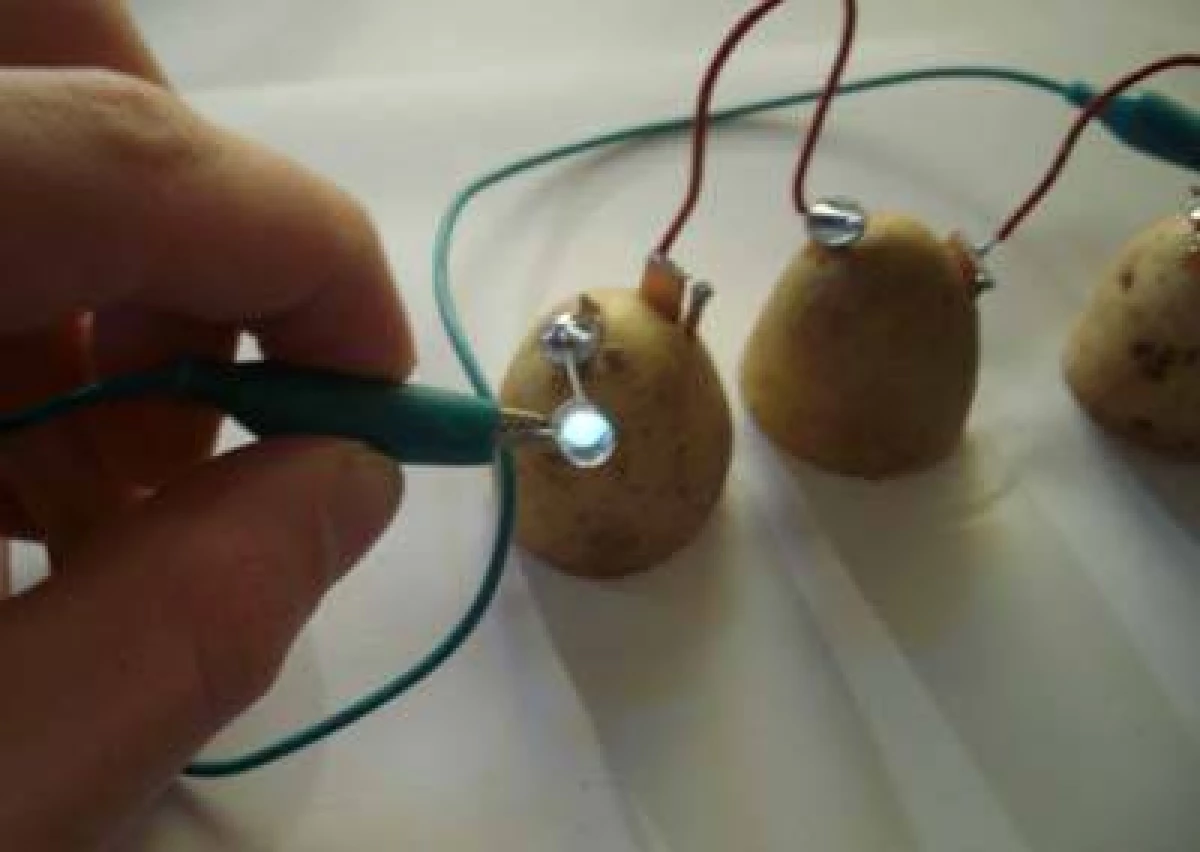
It is important that potato slices do not come into contact.
Then two legs of the LED bend down to the sides. Now connect the cable to each leg of the LED. The other two end is pressed against the outer metal washers. LED will light up.
Two types of metal and potato juice launch a chemical reaction. This creates electrons that can pass through cables. However, electricity is flowing only when the chain is closed. And you need to keep in mind - the effect is quite weak.
Experiments with balloons
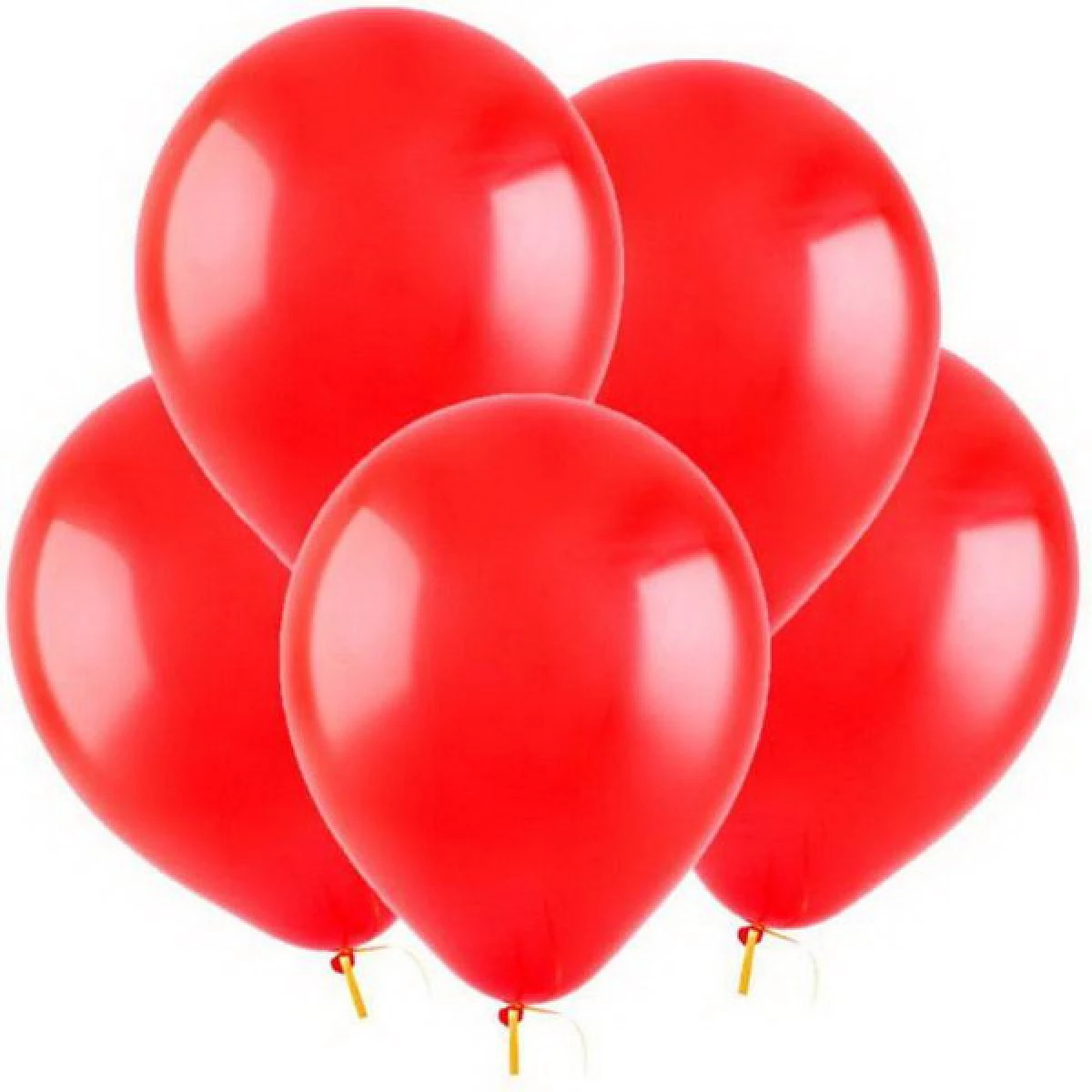
See also: Do not know how to do with children's crafts: 5 creative ideas will solve the problem
Balloons are good not only to decorate holidays, but also to study phenomena related to air movements. Next - two excellent home experiments.
For the first experiment you will need:
- ball;
- a little adhesive tape;
- pin.
The ball is inflated and tightly tied. Then the tape passes at him anywhere. There should be no air bubbles between the adhesive tape and the cylinder. And now comes an exciting moment. Now the child can stick the needle into the air ball - be sure to place the scotch. And what happens? Nothing. The balloon is not bursting.
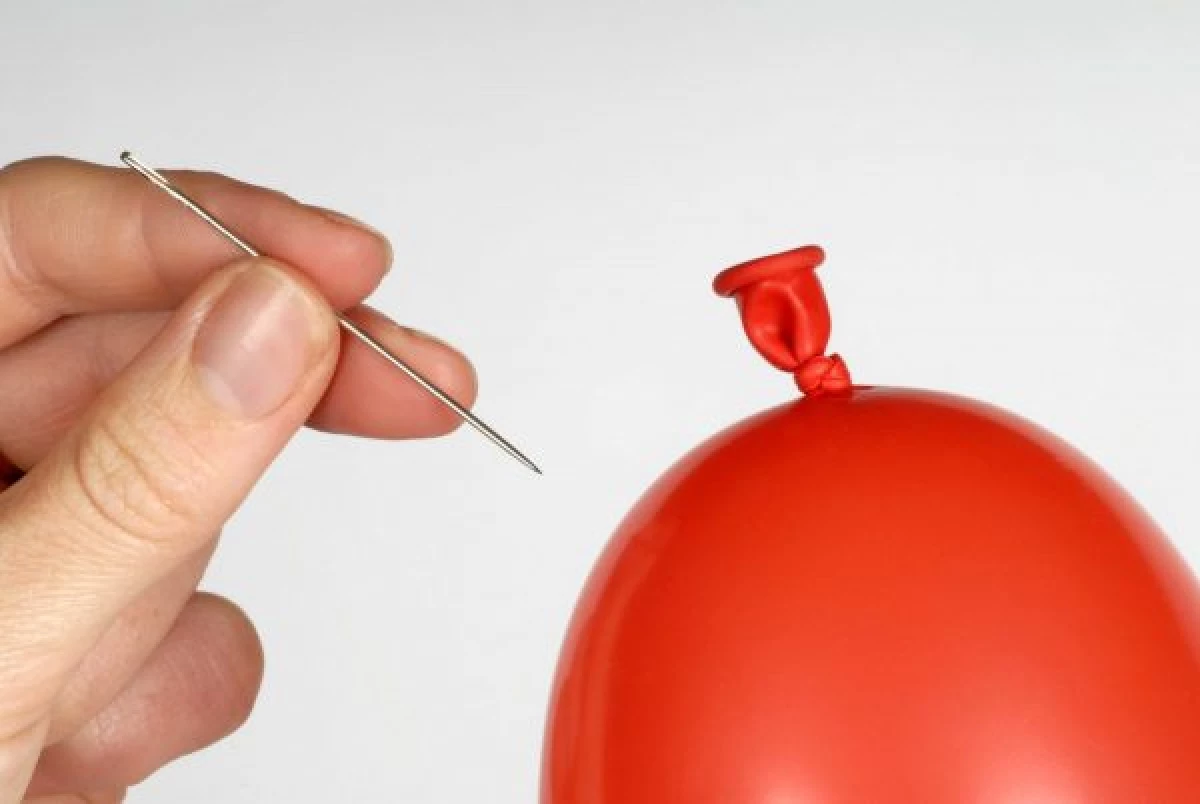
It works, because the adhesive tape is a kind of additional coating, which is much stronger than the trench of the balloon. Thus, the scotch holds the latex around the work done. If you now pull out the needle, the air will be very slow through the resulting hole.
For the second experiment you will need:
- ball;
- bottle with narrow neck;
- bundle pack or 15-20 grams of food soda;
- vinegar;
- Perhaps a funnel.
First you need to fill the bottle of food soda or bustle. For this, if necessary, you can use a funnel. Now add at least three tablespoons of vinegar. Then you need to quickly wear a ball on the neck of the bottle. The balloon will rise and be filled with air as magic.
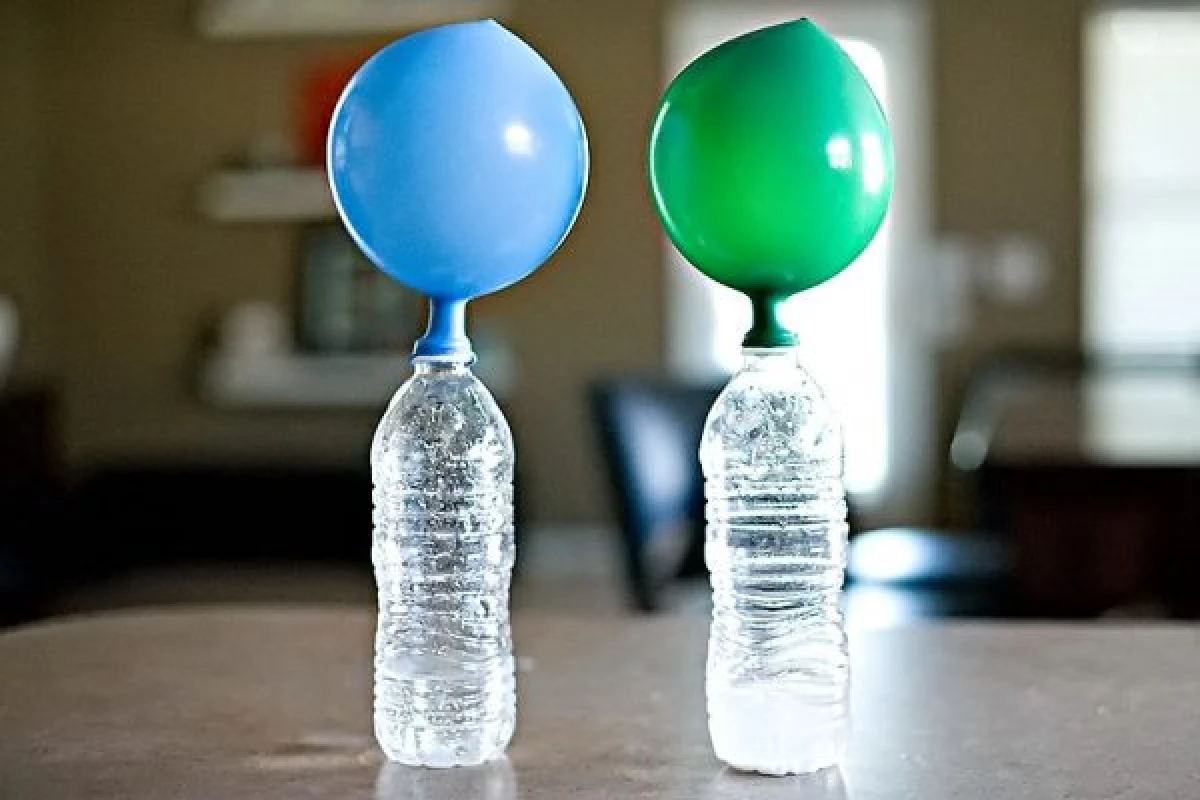
With the reaction of food soda, vinegar and oxygen, carbon dioxide is distinguished. He though invisible, but rather "volumetric" and requires more space than in the bottle. Thus, the air falls into the balloon, which then begins to inflate.
Such simple experiments can be easily delivered at home. They will be interesting even adults. And children usually show interest even at the preparation stage. An excellent way to distract them from computers and TVs and give new useful knowledge.